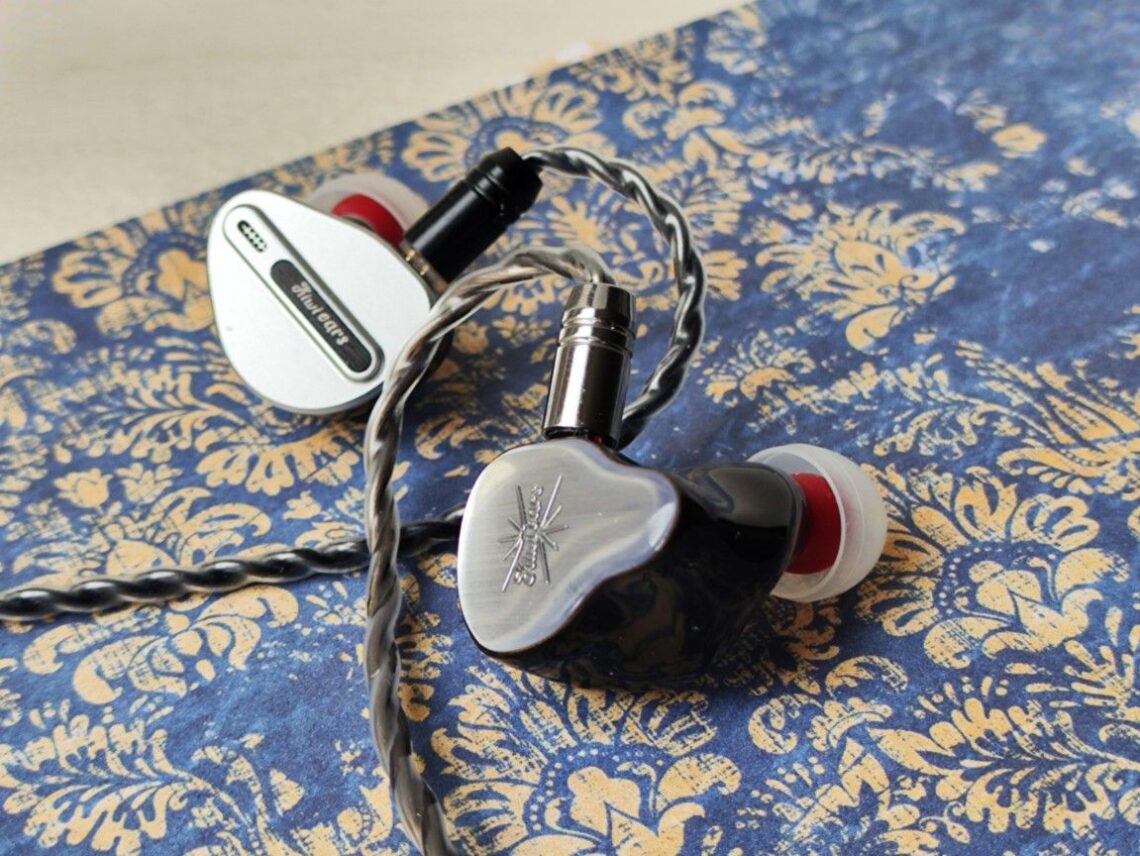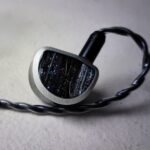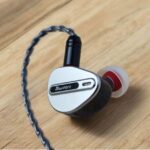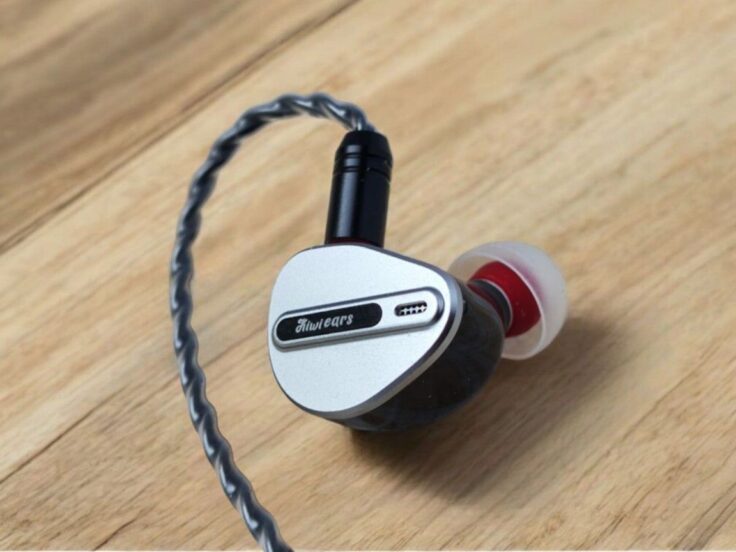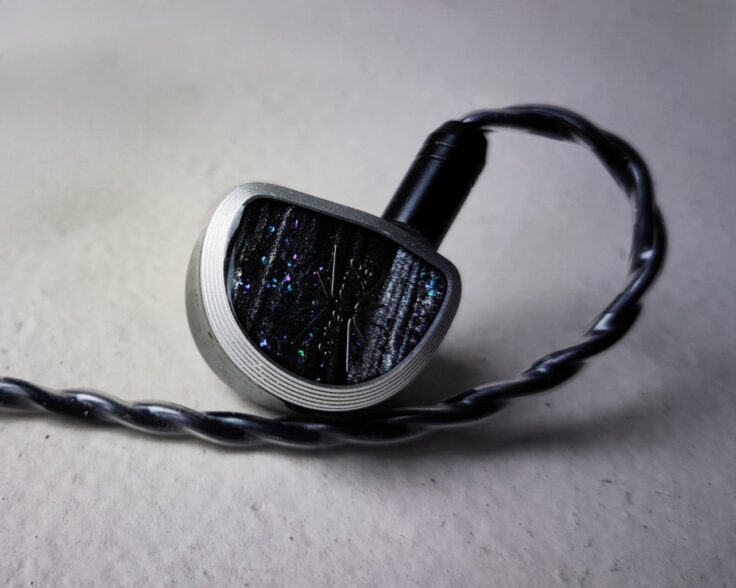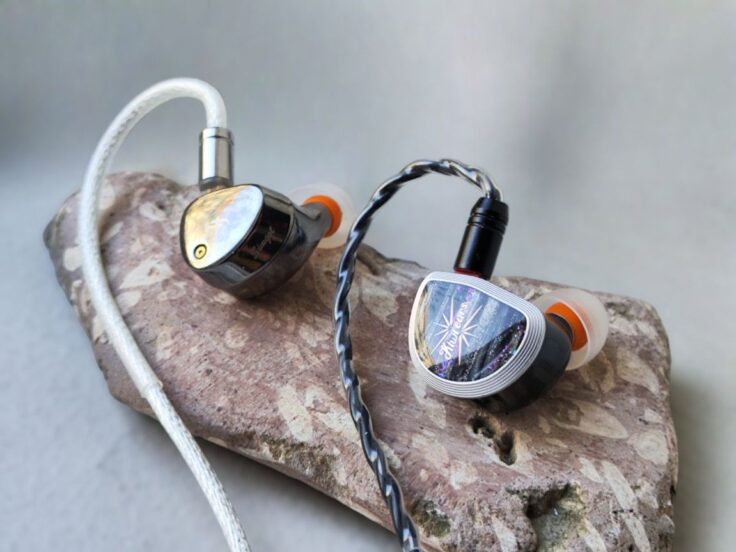Kiwi Ears Airoso is a new five-driver hybrid in-ear monitor from Kiwi Ears, featuring one dynamic driver and four balanced armatures. It is priced at 129 USD / €120 ex.tax. The Airoso is particularly interesting because the dynamic driver handles both the bass and midrange, while the four balanced armature drivers, all tweeters, are dedicated to different parts of the treble.
Kiwi Ears KE4 was launched in late 2024 and is priced higher, typically just under 200 USD / €170 ex.tax. It is also a hybrid driver IEM, but the setup is less exotic than that of the Airoso. The KE4 utilizes a dual 10 mm dynamic driver for the bass, a combined balanced armature driver for the mids and lower highs, and a dedicated balanced armature tweeter for the highest frequencies.
KIWI EARS KE4 SPECIFICATIONS
- Drivers: 2 dynamic drivers + 2 balanced armature drivers
- Impedance: 28 ohm
- Sensitivity: 102 dB/mW
- Detachable cable 125 cm
- Earphone cable connection: 0.78mm 2-pin
- Cable termination: 3.5 mm TRS jack
Current price and availability:
- Linsoul: Kiwi Ears KE4
- Amazon: Kiwi Ears KE4
KIWI EARS AIROSO SPECIFICATIONS
- Five driver hybrid: 1 x dynamic driver + 4 x balanced armatures
- Impedance 18Ω
- Sensitivity 110 dB/mW
- Detachable cable 120 cm
- Earphone connector type 0.78mm dual pin
- Cable termination 3.5mm TRS jack
- Weight 12g (each earbud)
Current price and availability:
- Kiwi Ears: Airoso
- Amazon: Kiwi Ears Airoso
- Linsoul: Kiwi Ears Airoso
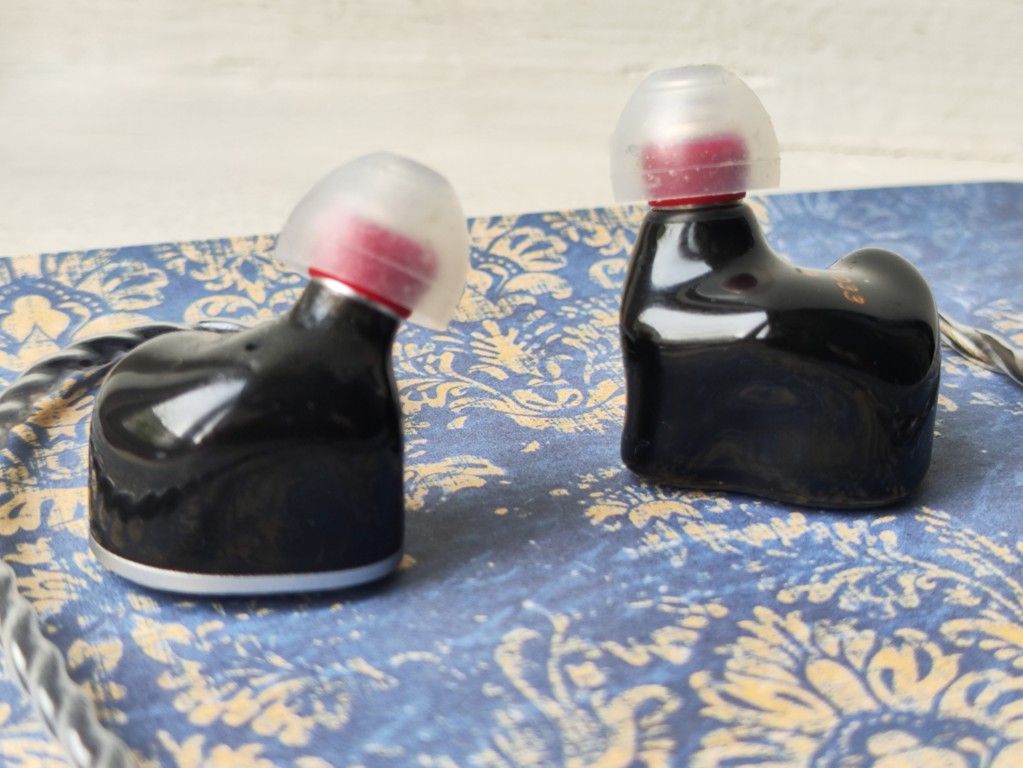
BUILD AND COMFORT
They both have a resin made housing of similar size and weight. The KE4 is more semi-custom in terms of shape, the Airoso is less “organically” shaped. I find them both to be comfortable, but prefer the less protruding shells of the Airoso. Both come with thin and light cables, typical of Kiwi Ears, but the KE4 has a more exclusive, braided cable.
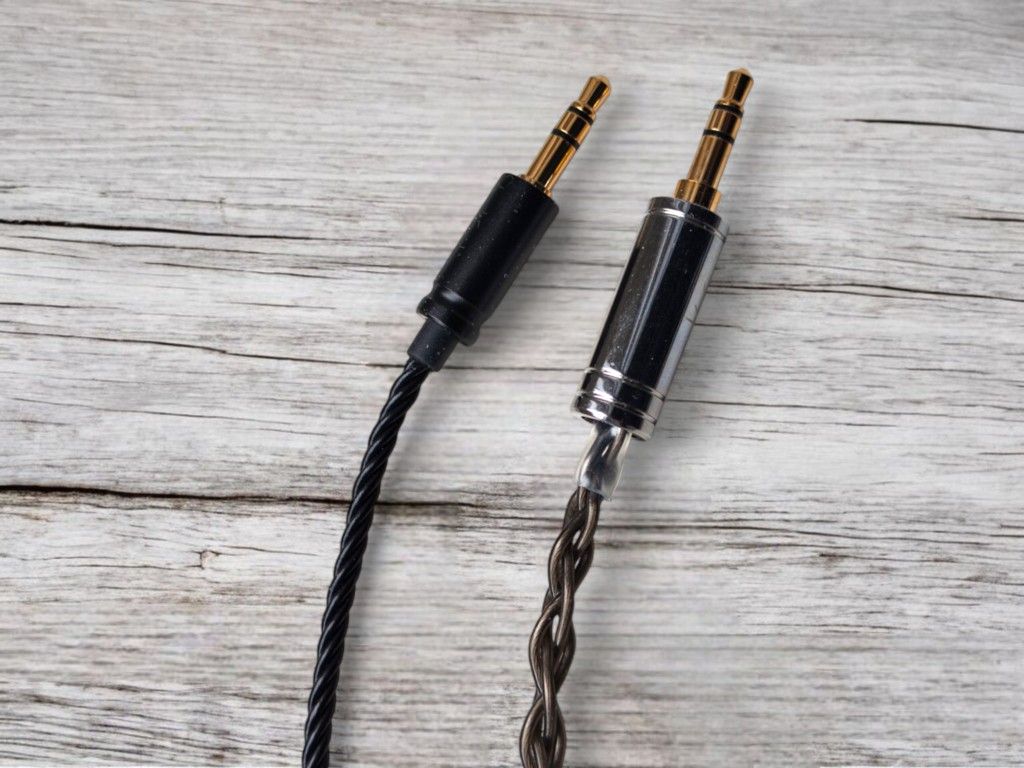
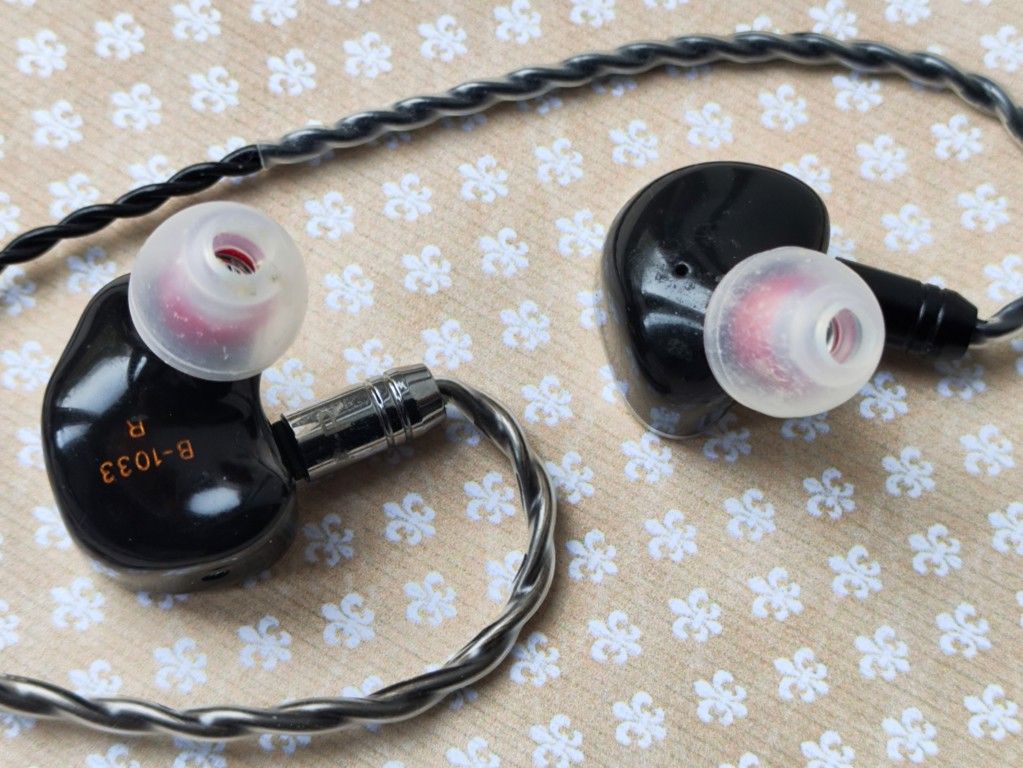
COMPARISONS
Associated equipment:
- Amplifier: Topping A90
- DAC: RME ADI-2 DAC FS
- Tips: SpinFit CP145 for both
Escape Route by Boris Blank
They are quite similar in most ways, both offering a warm sound with lush bass, but the Airoso has thicker bass while the KE4 provides more detail.
Spontanious Compositorius by Thomas Agergaard
They both sound very organic; the KE4 offers more detail, while the Airoso sounds fuller and has stronger bass here.
Jambi by Tool
On this track, the KE4 might have more bass and sound slightly warmer. However, they still sound quite similar, very close in terms of sound signature, soundstage, and imaging.
Bored by Deftones
Again, the KE4 is bassier and sounds more refined, while the Airoso has more upper mids energy. Still, they are relatively similar and not far apart in absolute terms.
Desert Island Disk by Radiohead
The Airoso sounds excellent—spacious and warm, with very present vocals. The KE4 is slightly lusher and darker, with a similarly spacious soundstage.
As Before by Olga Konkova
They sound very close here too. The Airoso has slightly more upper mids, which makes the vocals sound a bit different.
It Could Be Sweet by Portishead
Again, a similar presentation—the KE4 has more detail and nuance, with somewhat tighter bass. Neither has aggressive sibilance.
Young Vivaldi RV 820 by Modo Antiquo
They’re very similar. The timbre on the violins is essentially identical.
Summer 3 Vivaldi Recomposed by Max Richter
Here, they’re slightly different. The KE4 is darker and more immersive, with better separation and microdynamics, but both are still excellent.
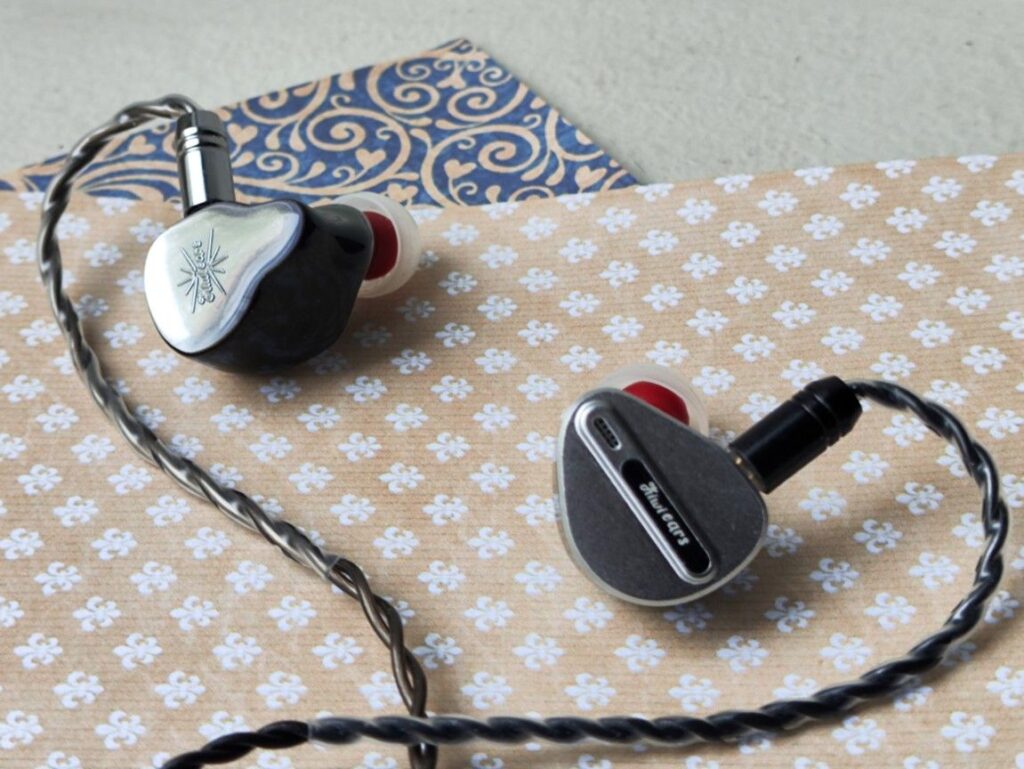
WRAPPING IT UP
Sound Signature
The Kiwi Ears Airoso and KE4 share a very similar sound signature—slightly dark and warm, with full, slightly thick bass, lush mids, and non-offensive treble.
Treble
The treble is nicely nuanced with both and never fatiguing or harsh. I find the KE4 to be slightly more refined.
Midrange
The midrange is lush and has a nice sense of body and organic presence with both. The Airoso has slightly more upper midrange energy and can sound more upfront at times, while the KE4 sounds slightly more detailed.
Bass
Both have a relatively thick and punchy bass. Neither offers planar-magnetic-type texture and detail, but the KE4 comes across as the tighter of the two.
Soundstage and Imaging
Despite its name, the Airoso doesn’t offer a particularly large soundstage—at least not in my experience. This might vary with different tips, but as it stands, the soundstage is average for its type. The KE4’s soundstage is identical in size, though it often performs slightly better in terms of imaging.
Detail, Dynamics, and Timbre
Both offer good detail for their price, with the KE4 being slightly better across the board. Macrodynamics are comparable, while microdynamics are slightly better on the KE4. In terms of timbre, they sound very similar across the frequency range. The KE4 has a slightly darker tone, while the Airoso is a bit more upfront in the mids.
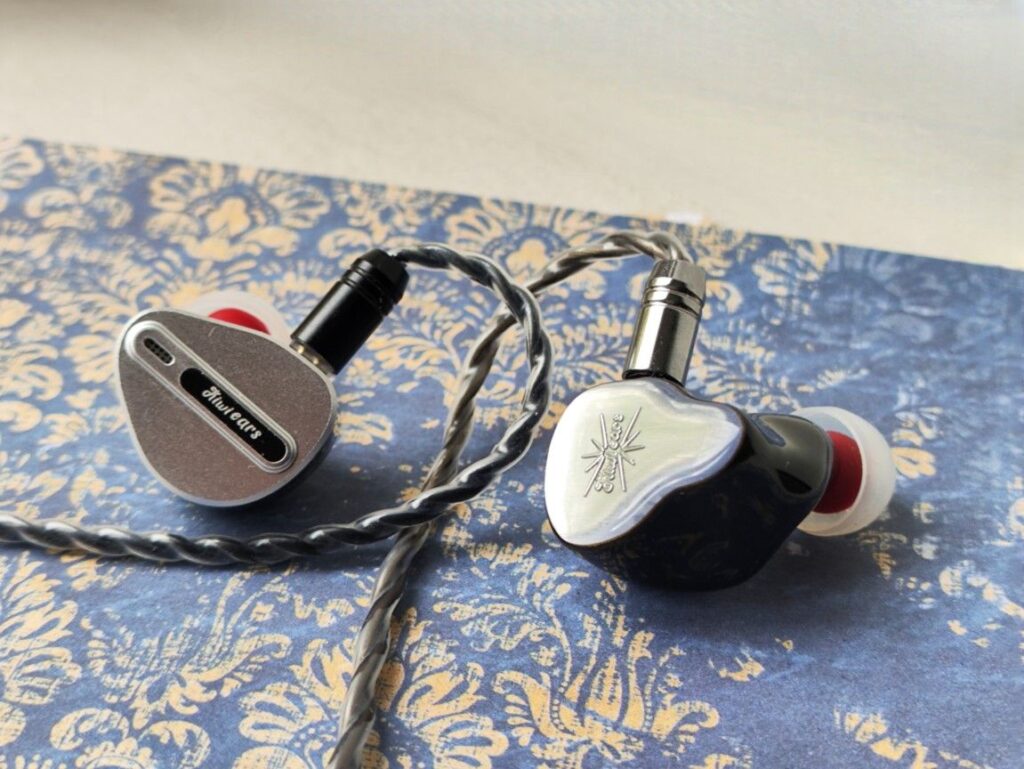
CONCLUSION
The Airoso and the KE4 are very similar in-ear monitors. Their general sound signature, soundstage, timbre, and tonality are very close. The KE4 offers slightly better detail and more subtle nuance, justifying its higher price. In terms of audio performance, the Airoso can be seen as a “baby KE4.” However, as always, how they compare may vary depending on the setup, especially amplifier or tip selection—but for me, the differences were pretty consistent. Both are great-sounding IEMs, and if you enjoy a warm, organic sound, they are excellent choices.
Thanks for reading. You can support us by purchasing anything using any of our affiliate links.
- Linsoul: Kiwi Ears KE4
- Amazon: Kiwi Ears KE4
- Kiwi Ears: Airoso
- Amazon: Kiwi Ears Airoso
- Linsoul: Kiwi Ears Airoso
Any purchase you make on Amazon or Linsoul with any of our affiliate links will give us a small provision at no cost to you.
We only get a provision for items that are not returned, so there’s no incentive for us to recommend something that’s not good.
Linsoul : Headphones, Earbuds, Wireless Earbuds, Desktop DAC/AMP, Portable DAC/AMP, Digital Audio Players,
Amazon: Headphones, IEMs, Headphone Amplifiers, Home Audio or Anything else.
.
If you enjoyed this article or other content on The Headphoneer, you might consider leaving a small donation to keep this website up and running. No donation is too small. Thanks for supporting us!
If you like our work please follow us on Instagram, Facebook and Twitter , it will help us grow. Sharing is caring 🙂


